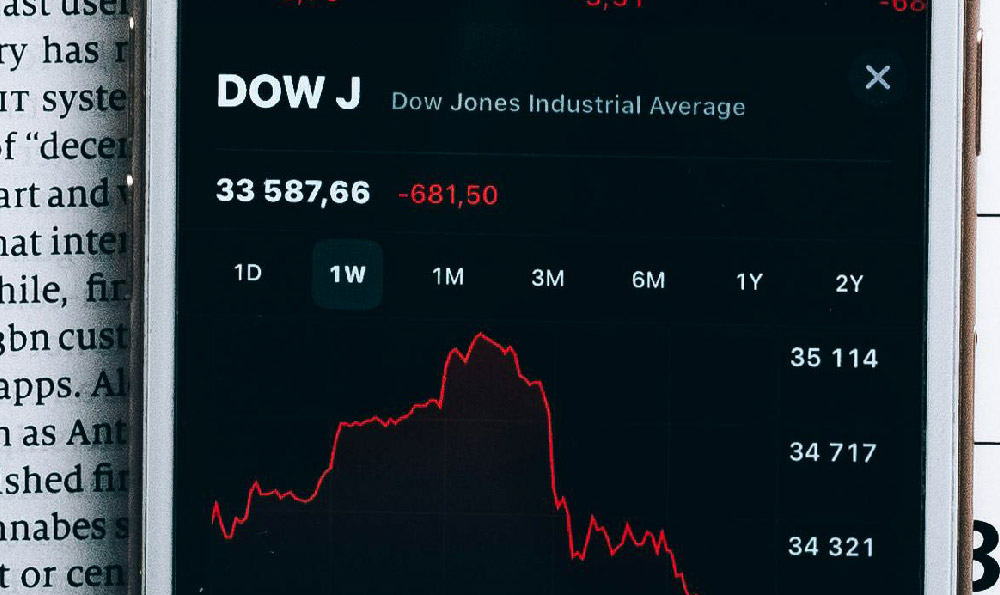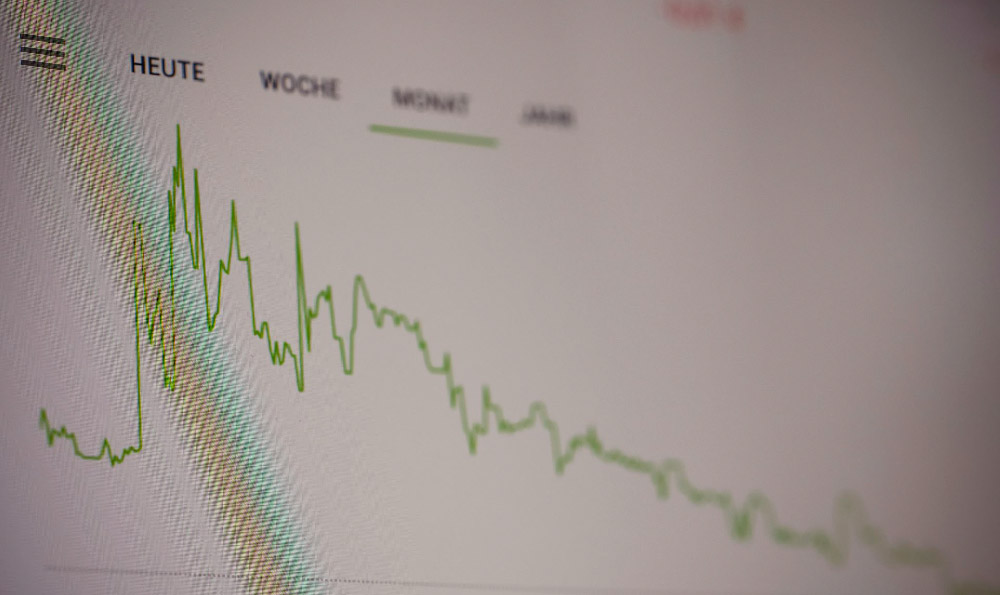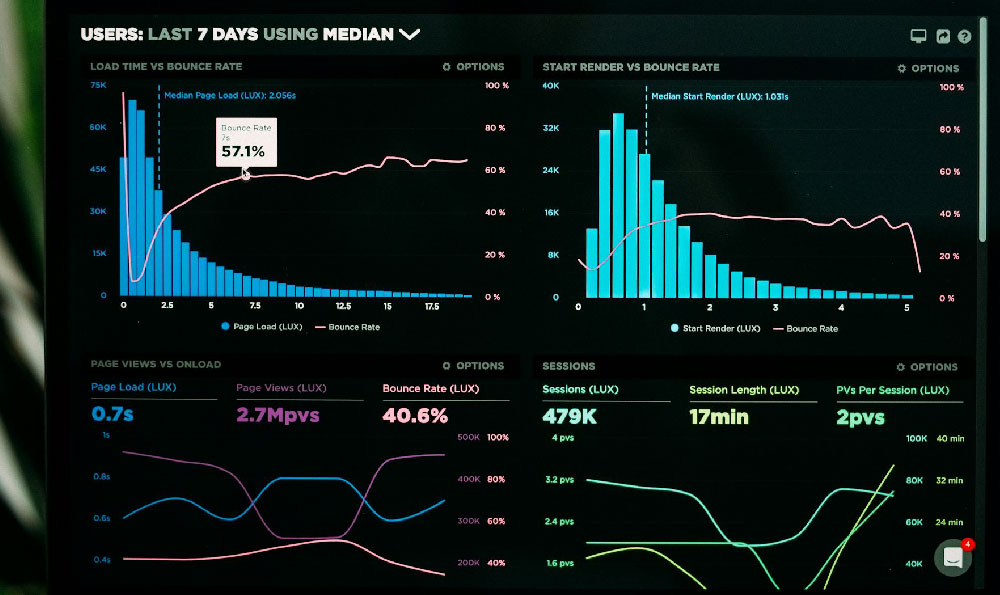GoodRx is a fascinating case study in how to disrupt a traditionally opaque and frustrating system – the US prescription drug market – and create a profitable business in the process. Understanding their profit mechanism requires diving deep into their revenue model, which is built on a foundation of data aggregation, strategic partnerships, and a keen awareness of consumer pain points.
At its core, GoodRx provides consumers with a free and easy-to-use platform (website and mobile app) to compare prescription drug prices across different pharmacies. This simple service addresses a critical problem: prescription drug prices in the US can vary dramatically from pharmacy to pharmacy, even within the same city. Many consumers are unaware of these price discrepancies and often simply pay the price presented at their usual pharmacy, potentially leaving significant money on the table. GoodRx effectively pulls back the curtain, giving consumers the power to make informed decisions and potentially save hundreds or even thousands of dollars annually.
So, how does GoodRx profit from providing this seemingly altruistic service? The answer lies in a multi-pronged revenue strategy, primarily fueled by partnerships and advertising.

Pharmacy Benefit Manager (PBM) and Pharmacy Partnerships: This is the cornerstone of GoodRx's revenue model. GoodRx has established partnerships with PBMs, which are essentially the middlemen between insurance companies, pharmacies, and drug manufacturers. They negotiate drug prices and manage prescription drug benefits for insurance plans. Through these PBM partnerships, GoodRx gains access to negotiated drug prices and coupon codes that are not publicly available. When a user searches for a drug on GoodRx and selects a coupon, GoodRx receives a commission for each prescription filled using that coupon. This commission is typically a small percentage of the total drug cost, but with the sheer volume of prescriptions filled through their platform, it adds up to a significant revenue stream. These partnerships are mutually beneficial. PBMs gain increased prescription volume and potentially better adherence to medications, while pharmacies benefit from increased foot traffic and prescription fills.
Furthermore, GoodRx directly partners with pharmacies, offering them the opportunity to promote their prices and services on the platform. These partnerships might involve preferred placement in search results or special advertising deals. This allows pharmacies to attract new customers and compete more effectively in a highly competitive market. GoodRx earns revenue through these advertising and promotional agreements.
Advertising and Sponsored Content: Beyond direct partnerships, GoodRx generates revenue through advertising. This includes display ads on their website and app, as well as sponsored content. Pharmaceutical companies or healthcare providers might pay GoodRx to promote their products or services to the platform's user base. Because GoodRx has a large and engaged audience of individuals actively seeking information about prescription drugs, it represents a valuable advertising platform for healthcare companies. This type of advertising needs to be carefully managed to maintain user trust and avoid the perception of bias or conflicts of interest.
Subscription Services: In recent years, GoodRx has expanded its revenue model to include subscription services like GoodRx Gold. This premium service offers even deeper discounts on certain medications and often provides access to prices comparable to those offered through insurance plans. The subscription model provides a recurring revenue stream for GoodRx and can be particularly attractive to individuals who are uninsured, underinsured, or have high deductible plans. GoodRx also offers GoodRx Care, a telehealth service connecting patients with doctors for virtual consultations and prescriptions. This expands their service offerings and provides another source of revenue.
Data Monetization (Anonymized and Aggregated): While GoodRx explicitly states that it does not sell users' personal information, the company does collect and analyze data on prescription drug prices, consumer search behavior, and medication adherence. This anonymized and aggregated data is valuable to pharmaceutical companies, researchers, and other healthcare stakeholders. GoodRx can sell this data to these entities, providing them with insights into market trends, drug utilization patterns, and consumer preferences. This is a sensitive area, and GoodRx must ensure that all data is anonymized and aggregated in a way that protects user privacy and complies with all applicable regulations.
Strategic Acquisitions: GoodRx has also strategically acquired companies to expand its capabilities and revenue streams. For instance, their acquisition of Scriptcycle enhanced their PBM offerings and strengthened their relationships with pharmacies and insurance companies. These acquisitions contribute to their overall revenue growth and market position.
Risk Mitigation and Challenges: Despite its success, GoodRx faces several risks and challenges. The pharmaceutical industry is highly regulated and subject to constant change. Changes in regulations, drug pricing policies, or PBM practices could significantly impact GoodRx's revenue model. Additionally, increased competition from other prescription drug price comparison platforms or from pharmacy chains themselves could erode GoodRx's market share. Maintaining user trust is also paramount. Any breaches of user privacy or perceptions of biased information could damage GoodRx's reputation and negatively impact its business. GoodRx also needs to continuously innovate and adapt to the evolving healthcare landscape to maintain its competitive edge. This includes exploring new technologies, expanding its service offerings, and strengthening its relationships with key stakeholders.
In conclusion, GoodRx's profit comes from a sophisticated revenue model that leverages data aggregation, strategic partnerships, and a deep understanding of the prescription drug market. By providing a valuable service to consumers and building strong relationships with PBMs, pharmacies, and pharmaceutical companies, GoodRx has created a profitable and disruptive business. Their success is a testament to the power of transparency and consumer empowerment in a traditionally opaque industry. However, they must remain vigilant in addressing the inherent risks and challenges of the healthcare market to ensure their long-term sustainability and success.












